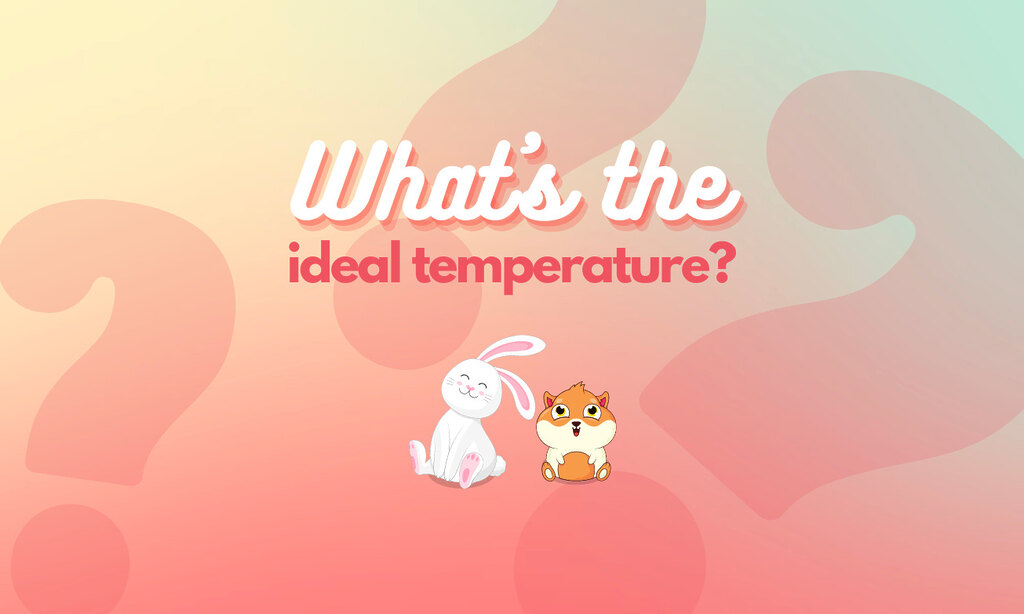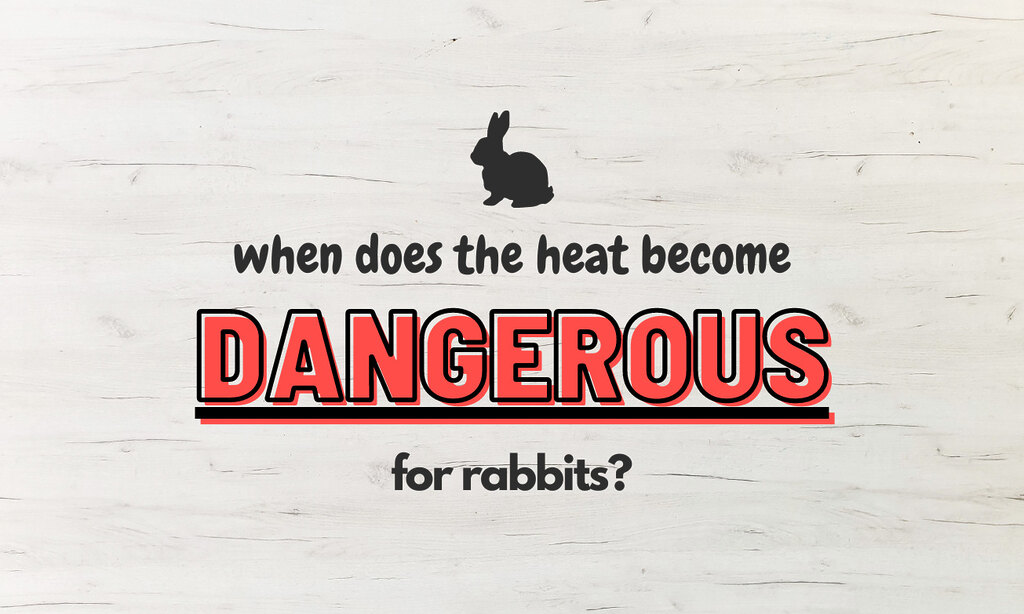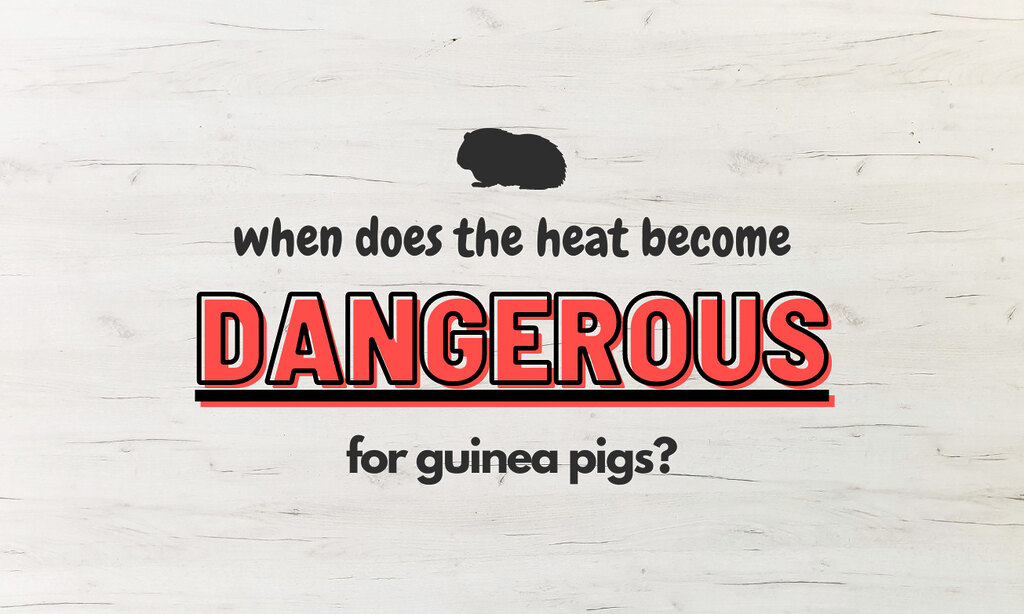How To Keep Rabbits & Guinea Pigs Cool In Summer

Our Australian summers can be extremely hot and uncomfortable, even more so for small animals like rabbits and guinea pigs. Which both are very sensitive to temperature changes and they can easily overheat. This can lead to serious health problems and can even be fatal. For this reason, it is important to take extra steps to keep your rabbit or guinea pig cool and comfortable during the summer months. In this article, we will discuss some of the best ways to keep rabbits and guinea pigs cool in summer, as well as the dangers of heatstroke and extreme temperatures.

How to keep rabbits & guinea pigs cool this summer
Keep them hydrated!
They can easily become dehydrated during the hottest time of year, so it is important to make sure they have access to plenty of fresh, clean water. Additionally, you can offer your pets vegetables with a high water content, such as cucumbers, zucchini and celery to help them stay hydrated.
Housed outdoors? Provide shade and fresh air
One of the best ways to keep your furkids cool in the summer is to provide them with plenty of shade and fresh air. A shady spot in the yard or a screened-in porch can be the perfect place for your piggie or bunny to get out of the sun and cool off. If you don’t have access to outdoor space, you can place a fan near their cage to create a gentle breeze and to keep the air circulating. Though be careful that it does not get wet due to rain or anything else.
Housed indoors? Use oscillating fans or air conditioning.
If you have air-conditioning, this is another way to keep their body temperature at the ideal temperature. Otherwise, the use of an oscillating fan will help to keep them cool. However, in especially hot summers, this will still not be enough and additional methods will need to be used.
Use a frozen water bottle, ice brick or other water container.
If your pet gets hot, you can lie down a few ice packs (shameless plug: check out our ice bricks with a handmade cover 😜) or frozen water bottles to stay cool. However, make sure to cover them in some sort of cover, such as a tea towel, a cover designed for the item or another safe covering. The reason for this is that, just like humans, the excessive cold can be uncomfortable and can even burn the skin.
Keep them healthy
An obese rabbit or guinea pig is not only at risk of heart complications, arthritis, high blood pressure and other health conditions, but they can also find it difficult to stay cool when it gets hot. So it’s very important to keep your bunny or piggie healthy! You can learn more about what guinea pigs eat and rabbits eat in our following articles:
Grooming: Remove loose excess fur
For rabbits and guinea pigs, another tip is to groom them frequently. As they will become more hot and uncomfortable faster when they have excess fur. Groom your bunny and piggie frequently to remove this loose fur.

What is the ideal temperatures for rabbits and guinea pigs?
Heat exhaustion is especially a threat in our Australian summers, therefore we have outlined the best temperatures for both animals:
- For rabbits, their ideal temperature ranges anywhere from 12°C to 23°C.
- For guinea, the ideal temperature ranges from 18°C to 22°C.

What temperature is too hot for rabbits? When is it dangerous?
Rabbits are covered in a thick fur, and some breads have an exceptionally dense coat; such an Angora, Cashmere Lop and other long-haired breads. Because of these factors, rabbits are very susceptible to heatstroke, which can become fatal very quickly. So it is imperative that you DO NOT allow the rabbit’s cage, run or room to exceed 25°C. Since every rabbit is different in their ability to cope, due to age, breed and weight, it is important to monitor their behaviour carefully for any signs of heatstroke or dehydration.
What are the signs of rabbit heatstroke or heat stress?
The signs of rabbit heatstroke are important to watch for, they include;
- Panting
- Lethargy
- Reddening of the ears
- Salivating
- Wet nose
- Weakness and slower movement
- In-coordination, confusion and odd behaviours
- Convulsions
- Coma; which often leads to death
If you suspect your rabbit is suffering from heatstroke, then we highly advise that you contact your local vet immediately, because as we mentioned before, it can become fatal very quickly!

What temperature is too hot for guinea pigs? When is it dangerous?
Guinea pigs may of originated in South America, near swamps and savannas, however do not be fooled by this fact as they are exceptionally vulnerable to high temperatures. This makes our Australian climate a high risk to their health and wellbeing. As a result, DO NOT let your guinea pigs enclosure, run or room exceed 25°C. Also note, if it exceeds 30°C, there is a prime chance of death.
What are the signs of heatstroke in guinea pigs?
Watch out for the following signs and symptoms of heat stress/heatstroke (which are very similar to Rabbits) consist of:
- Shallow rapid breathing
- Lethargy & weakness
- Confusion
- Restlessness
- Salivating
- Open mouth breathing or panting
- Laying on side
- Convulsions
- Coma; which often leads to death

Consult with a veterinarian if your pet shows signs of heatstroke
If you have any concerns about your rabbit or guinea pig’s health during the summer months, and /or your pet is showing signs of heatstroke, book an appointment with your veterinarian as soon as possible.
Conclusion
By following these tips, you can help keep your rabbit and guinea pig cool and comfortable during the summer. Remember to always keep an eye out for signs of heat stress and to provide your rabbit or guinea pig with plenty of fresh water, shade, and cool places to rest. With proper care, you and your beloved pet will enjoy the summer worry free!
TLDR; How to keep rabbits & guinea pigs cool in summer?
- Keep their environment around 20°C and don’t let it exceed 25°C
- Provide plenty of fresh clean water
- Provide shade and fresh air if outside
- Use air conditioning or oscillating fans when indoor if possible
- Use frozen water bottles, ice bricks or other water container (all wrapped in a tea towel or similar fabric)
- Keep your rabbits and guinea pigs healthy.
- What for the signs of heat stress and always take your pet to the vet as soon as you spot any symptoms.
- Always monitor your pets in summer or on hot days.
References
- https://rabbit.org/2017/06/…
- https://agriculture.vic.gov.au/…
- https://www.somerzby.com.au/…
- https://myhouserabbit.com/rabbit-health/…
- https://www.thesprucepets.com/…
- https://www.four-paws.org.au/…
Disclaimer: This is a general guide for educational purposes and we do not take any responsibilities for any harm caused or the death of any and all animals. We advise you to always do your own research and combine information from multiple sources to make an informed decision.
